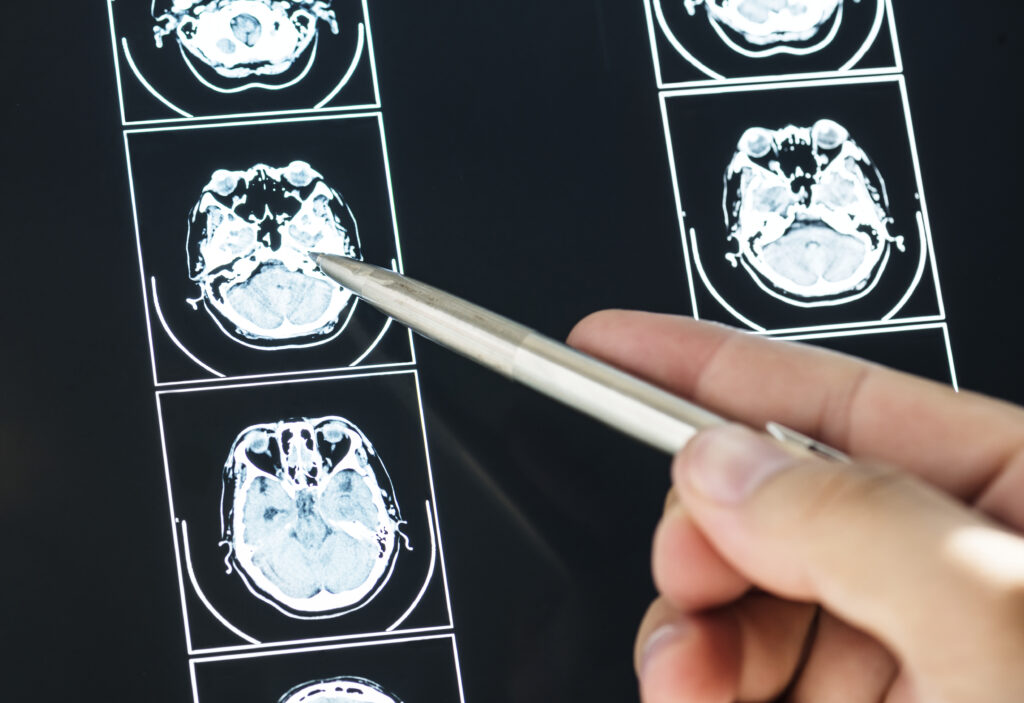When I was growing up it was primary boys with too much energy, who were considered hyperactive and diagnosed with ADHD.
That is still the case…
According to Medical News Today, boys are approximately three times more likely to be diagnosed with ADHD compared to girls. However, from 2020 to 2022, the rate of ADHD diagnoses in girls and women have doubled.
Interesting…
More and more women are now being diagnosed with ADHD as information spreads that there are many and diverse presentations of ADHD from the traditional “can’t sit still.”
Several factors contribute to these differences, but probably the main cause is societal pressures and societal norms for women. Sounds like it is more a product of how women are socialized rather than a biological difference between men and women.
Since I have been offering brain mapping and customized neurofeedback for my clients, I can see that a large percentage of girls and women struggle with ADHD.
I thought it would be helpful to share some of the maybe unexpected signs that are tip offs that women and girls may be struggling with ADD:
Do You Struggle To Concentrate On Individual Tasks?
Instead of the hyperactivity and impulse control issues commonly seen in boys, ADHD in women often manifests as increased inattention and difficulty focusing which leads to difficulty in completing tasks.
Your mind may feel like it can’t focus — especially on a task that you don’t find interesting. For example, you might start washing the dishes, but get distracted halfway through. Or you may set out to do a new creative project ― like gardening ― but it doesn’t hold your interest long enough to finish planting the plants you bought.
Do You Find Yourself Intensely focusing On Specific Topics Or Situations?
It’s common for people with ADHD to hyper-focus on certain topics while struggling to focus on others.
When you’re hyper-focused, it feels impossible to stop the task at hand. You completely immerse yourself in the project you’re working on. Your brain becomes solely fixated on that one activity.
Hyper-focus often occurs with activities that people find highly interesting, which is a key motivator for an ADHD brain. This can eventually lead to self-criticism and self judgment because you wonder, “If I can hyper-focus on this one thing,, why can’t I concentrate on the other tasks my boss assigns me?”
Do You Have Racing Thoughts?
Although women are less likely to exhibit visible hyperactivity and impulsivity, there is often significant cognitive hyperactivity. Do your thoughts race a mile a minute?
Or do you feel like you have trouble focusing on one topic at a time.
Do You Have Trouble Maintaining Friendships?
Women with ADHD may also struggle to maintain friendships. Their hyperactive symptoms show up relationally so it makes it harder to detect.
It doesn’t mean you have trouble making friends, but rather keeping those friendships alive.
After a big meeting or day with your kids, you might feel too emotionally drained to text a friend or be too focused on other things to return their call. The emotional effort required to maintain friendships can be particularly challenging for women with ADHD.
Do You Experience Dysregulation Or Emotional Outbursts?

It’s common for people with ADHD to deal with emotional dysregulation; it’s even more common in women.
ADHD brains are prone to experience intense emotions frequently, often reacting in ways that may seem disproportionate to the event from an outside perspective.
For instance, if a friend cancels plans, you might feel overwhelmed with sadness and believe that friend no longer cares about you. Alternatively, you might lose your temper over a minor inconvenience at work.
Do You Find Yourself Compulsive Talking?
Talking a lot can be another sign of ADHD in women.
You might also speak without thinking or react impulsively in conversations.
Similarly, frequently interrupting others while they are talking can be a symptom of ADHD.
Women Are More Likely To Internalize Their ADHD Symptoms
For girls and women, the distress is often internalized and may not become apparent until much later in life.
Women are more likely to mask their symptoms, so they’re more likely to end up with depression, anxiety and low self-esteem.
In contrast, men are more likely to externalize their symptoms, which is a major reason why boys are diagnosed more frequently than girls.
What Can You Do?
The traditional solution is an ADD diagnosis is to go on some medication to mitigate the symptoms and that does prove to be very helpful for some people.
But if you would prefer to try something that has been not only effective, but gives you the power to change your brain’s functioning without medication you should consider Neurofeedback.
So What Is Neurofeedback Therapy?
Neurofeedback therapy is a technique that strengthens the connection between your mind and body. It helps you get personal control over your brain’s functioning by providing direct feedback in real time.
This is accomplished through audio and visual signals: positive feedback is given for healthy brain activity, while negative feedback is provided for maladaptive brain activity.
This can quickly alleviate the distress caused by your dysregulated neural activity.
How Does Neurofeedback Therapy Work?

A trained professional measures your brainwave activity while you are wearing a special neurofeedback cap. Electrodes will read your electrical brain activity. There is no electrical current, so no need to worry about negative sensations.
This creates a customized brain map so that the neuroscientist, Bryan Hixson can create a plan for you to start regulating your brain. Once he creates a plan for you, you can start your neurofeedback training at home.
During your sessions you will play a video game or watch a video on YouTube. The screen will dim when you lose focus and brighten when you direct your attention correctly.
This positive and negative feedback helps you, in an easy and entertaining way, learn to control your brain activity through operant conditioning. With practice, your ability to focus attention becomes more natural.
Does Neurofeedback Therapy Effectively Treat ADHD?
The medical community is now starting to recognize that can be a Neurofeedback is a non-medication, very promising treatment for ADHD. Recent research has shown that as few as 20 neurofeedback sessions can be as effective as popular stimulants for reducing ADHD symptoms.
You may even find that you no longer need ADHD medication after completing neurofeedback treatment. (Enriquez-Geppert S, Smit D, Pimenta MG, Arns M. Neurofeedback as a treatment intervention in ADHD: Current evidence and practice. Curr Psychiatry Rep. 2019;21(6):46. doi:10.1007/s11920-019-1021-4))
Conclusion
As you can see ADHD runs on a spectrum, so even if you aren’t specifically diagnosed with ADHD, it doesn’t mean that those symptoms aren’t relevant.
Please never hold back on getting proper support and researching options. There are alternatives to the traditional medication treatment to help you.
If you are interested in exploring how neurofeedback can help you, please contact me here to schedule a time where we can chat and I can discuss some of your symptoms.






Recent Comments